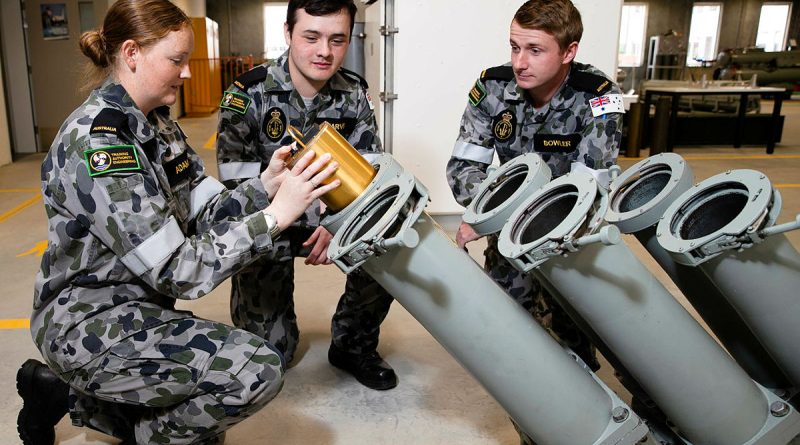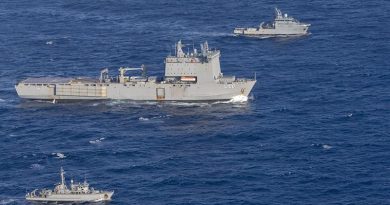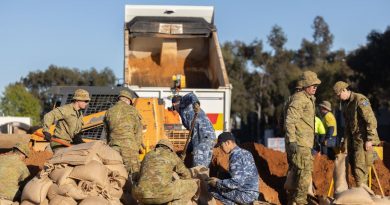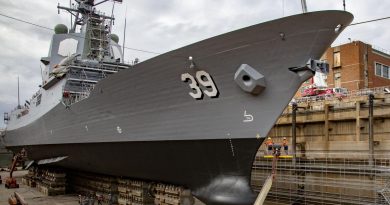Navy’s trade pathways well engineered

While the Navy’s modern ships, equipment and overall capability are an attraction for people interested in engineering trades and vocations, the range of qualifications on offer has not been so obvious.
CAPTION: Electronic technician trainees at the Technical Training Faculty at HMAS Cerberus, Victoria, as part of their initial entry training. Story by Private Nicholas Marquis. Photo by Leading Seaman Kieran Dempsey.
This is the assessment of Director Training Authority Engineering Captain Thomas Doherty, who said the established pathways available to Navy technicians were not well known.
“A fully paid apprenticeship within Navy is like no other,” Captain Doherty said.
“You will learn an Australian-recognised trade relevant to your primary job.”
The skills could cover anything from working on missile-launching systems, radars, large marine diesels and highly complex distribution systems that power a ship to welding and repairing varied ships structures, or operating and maintaining a range of other complex systems that keep a ship at sea.
Navy teaches four trades covering electronics and communications, electrical fitting, fabrication and mobile mechanics. These start from a certificate three to five and can be pursued through other pathways to an engineering degree and beyond.
“If you’re a 17-year-old and you want to be an electrician, welder, mechanic or electronics and communications tradesperson, Navy offers it,” Captain Doherty said.
All training was based on the Australian Qualification Framework, meaning civilian qualifications were contemporary and transferable.

CAPTION: Seaman Marine Technician – Hull Lachlan Dorward practises soldering at the training faculty. Photo by Leading Seaman Kieran Dempsey.
“We offer a whole-of-life package, so by the time you get to chief petty officer you’ll have a diploma in engineering,” he said.
“Take the robust fabrication trade, for example. This teaches you not only how to work and weld greater than five-millimetre plate similar to a boilermaker, but how you will also be directly supporting our ships to keep them seaworthy.”
Captain Doherty said Navy’s marine and electronic technician sailors were not only drawn in by the trade and the desire to serve, but also by the highly complex and modern defence equipment they maintained.
“It’s exciting. You don’t get to work on engines the size we work on in a civilian job,” he said.
When issues arose at sea, technicians were needed to complete maintenance and they did so in accordance with professional contemporary Australian standards.

CAPTION: Seaman Marine Technician – Electrical Eleonora Daga does switchboard testing at the training faculty. Photo by Leading Seaman Kieran Dempsey.
“When you’re out there [at sea], and something goes wrong, you can’t pull over and go back to the shop,” Captain Doherty said.
“That’s definitely why you need engineering professionals, from degree to trade, on the ship.”
Most Australian companies don’t offer a recognised pathway to continue the journey in a chosen trade after certificate three.
Captain Doherty said Navy offers pathways from advanced trade (certificate four) to diploma (certificate five) and will soon be offering opportunities for senior technical sailors to attain an advanced diploma.

CAPTION: Director Training Authority – Engineering, Captain Thomas Doherty at HMAS Cerberus, Victoria. Photo by Leading Seaman Kieran Dempsey.
.
.

.
.





